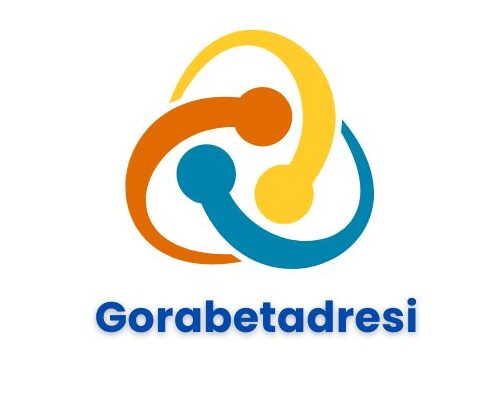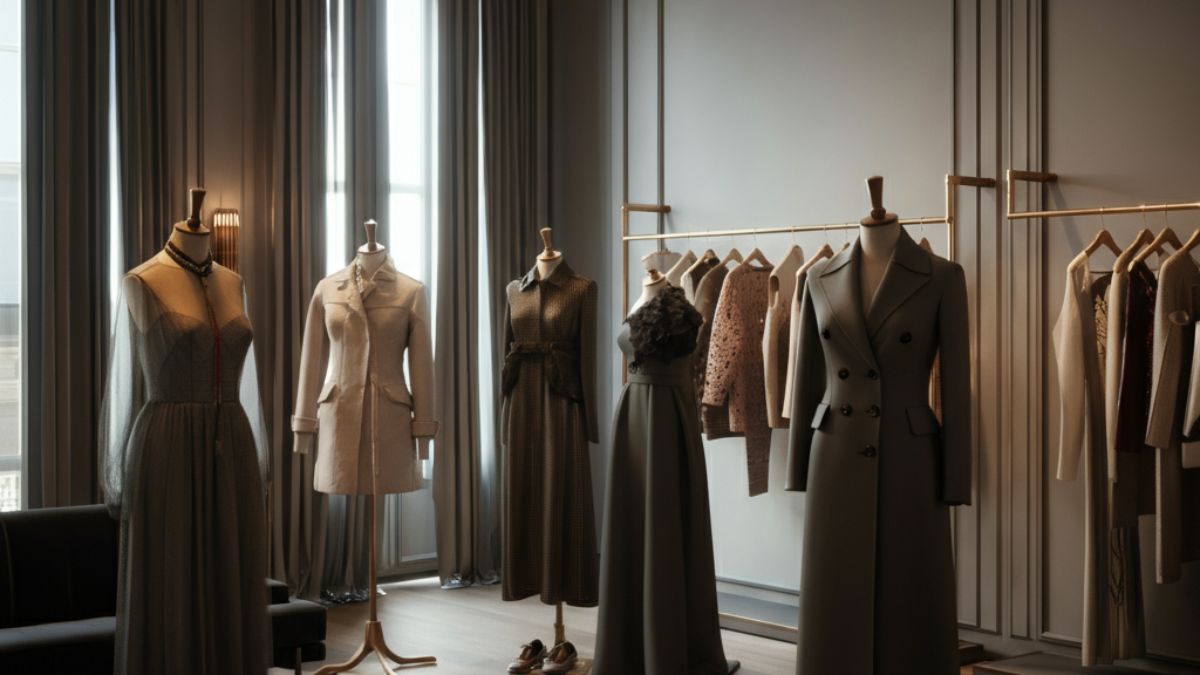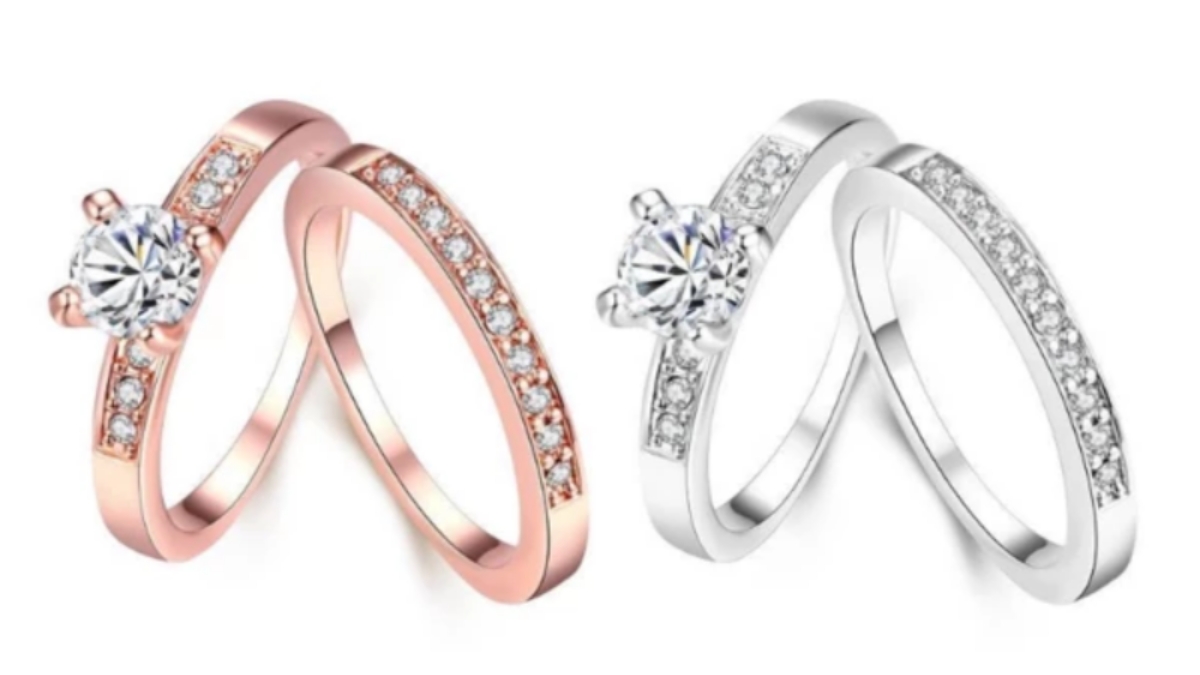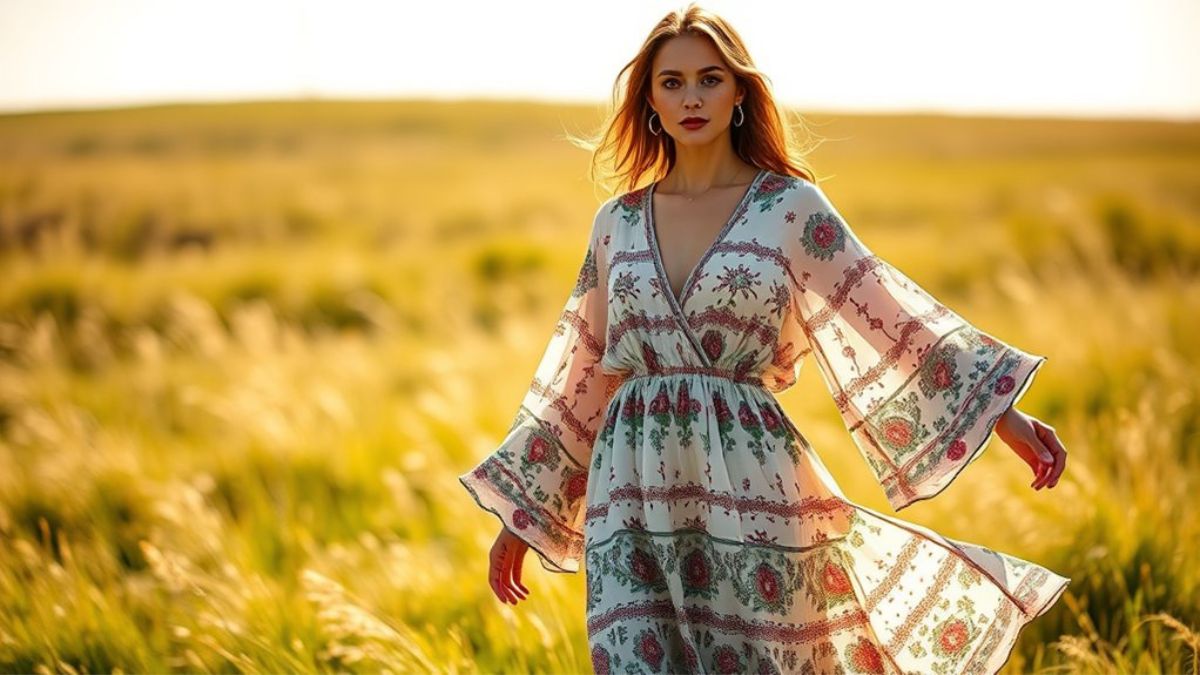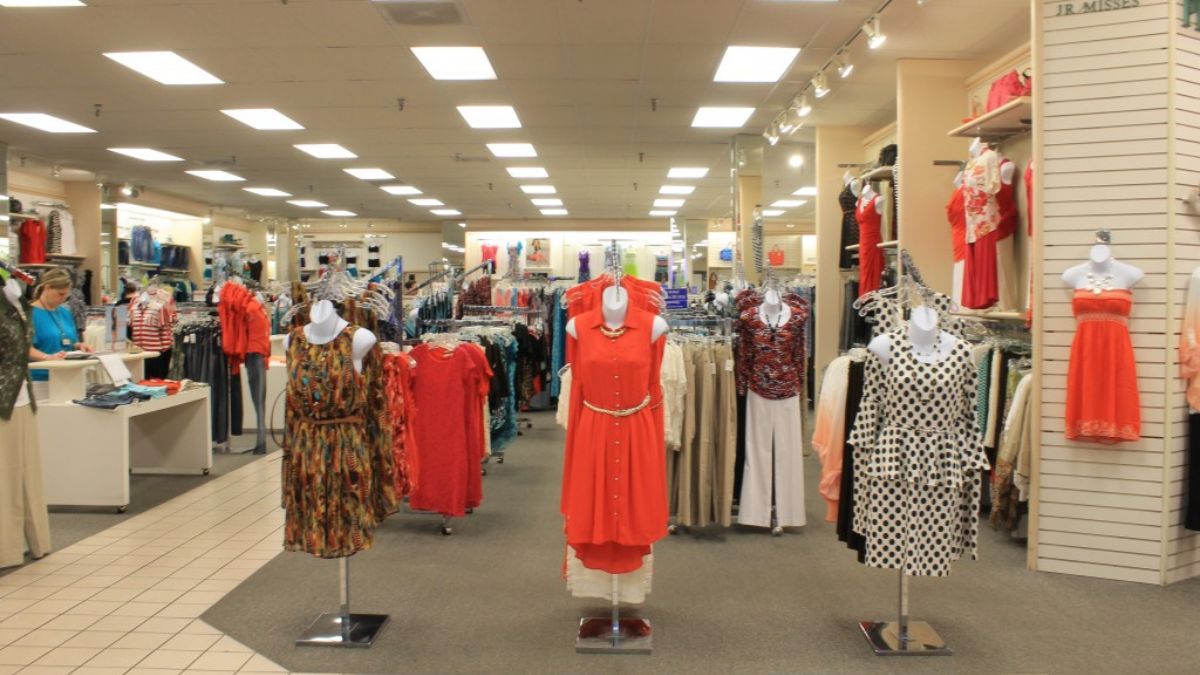Fashion house has long been the epicenter of creativity, innovation, and luxury. But behind the opulence—and the runways packed with flashing cameras and trendsetting designs—lies a bustling ecosystem that drives the fashion we admire. From concept to couture, fashion houses play a pivotal role in shaping global trends, setting standards in craftsmanship, and reflecting cultural moments.
This blog gives you a backstage pass into the world of a fashion house. Whether you’re a fashion enthusiast, aspiring designer, or simply curious about how the glamour we see on the runway comes to life, you’ll gain insight into every intricate process that defines a fashion house.
What is a Fashion House?
A fashion house, also known as a “couture maison,” is where high fashion, or haute couture, is conceptualized and created. Originating in France, the term refers to a professional design and manufacturing hub where designers introduce avant-garde collections that often define the spirit of a season or year in the fashion industry.
However, a fashion house is not limited to haute couture. Many of today’s houses also craft ready-to-wear clothing, accessories, fragrances, and more, making high fashion accessible to audiences beyond celebrity and high society.
A Brief History
The concept of the fashion house was popularized in the mid-19th century by Charles Frederick Worth, often regarded as the “father of haute couture.” Worth’s Parisian fashion house set a precedent for creating exclusive, custom-fitted clothing instead of mass-produced garments. Over time, famed names like Coco Chanel, Yves Saint Laurent, and Christian Dior built their empires using similar models—leading to the modern luxury brands we know today.
The Key Departments in a Fashion House (And What They Do)
Luxury fashion houses are marvels of organization and artistry. To understand how they function, we’ll break down the roles and departments that drive these creative hubs.
1. The Design Team
At the heart of a fashion house is the design team, led by the creative director. The creative director—often as renowned as the brand itself—oversees the house’s aesthetic direction, drawing inspiration from cultural movements, art, history, or even personal narratives.
What they do:
- Create mood boards and initial sketches for collections.
- Innovate around luxury fabrics, colors, and tailoring techniques.
- Work closely with pattern makers and ateliers (workshops) during creation.
For instance, under Karl Lagerfeld’s creative directorship, CHANEL consistently redefined elegance by merging iconic designs with modern twists, proving how a talented design team can keep a brand timeless yet contemporary.
2. Ateliers (Craftsmanship Studios)
If designers create the vision, ateliers bring it to life. Often staffed by master artisans and seamstresses, the ateliers are where wearable art is painstakingly hand-crafted.
Key processes:
- Hand embroidery using techniques like beading or appliqué.
- Tailoring garments to perfection through fittings.
- Trial-and-error prototyping to achieve avant-garde looks.
Couture garments, in particular, demand hundreds of hours in ateliers. For example, one classic Dior couture gown can take over 1,000 hours just to complete!
3. Marketing & Branding Team
While creativity is essential, businesses thrive on storytelling. The marketing team works to make a brand’s ethos resonate with the broader world.
Their responsibilities:
- Crafting compelling campaigns aligned with a collection’s theme.
- Organizing extravagant fashion shows to create buzz.
- Collaborating with influencers, editors, and industry insiders to amplify reach.
Recent campaigns like Gucci’s 100th anniversary, which mixed nostalgia and modernity, exemplify how marketing teams help fashion houses remain culturally relevant.
4. Merchandising and Retail
Merchandising professionals within a fashion house are tasked with translating artistic visions into sellable items. They decide which designs will transition from the runway to stores and assess what will appeal most to consumers.
What they oversee:
- Pricing strategies for a commercially viable collection.
- Stocking best-sellers across retail outlets or pop-ups.
- Ensuring product placement aligns with branding.
Ever wonder why runway collections feel so extravagant, yet the store offerings are more subtle? That’s merchandising at work.
5. Innovation Teams
While fashion celebrates history, innovation propels it forward. High-tech fabrics, 3D printing, and sustainable production methods are becoming integral aspects of the world’s most forward-thinking fashion houses.
Noteworthy innovations:
- Alexander McQueen’s incorporation of 3D printing in garment creation.
- Stella McCartney’s commitment to animal-free leather using cutting-edge tech.
- Balenciaga’s exploration of futuristic, tech-driven couture aesthetics.
Innovation is no longer optional; it’s a necessity for fashion houses competing in an industry driven by consumers with evolving expectations.
The Making of a Collection
Ever wonder how that stunning Louis Vuitton dress landed on a Hollywood runway? Here’s a brief overview of how a fashion house creates and releases collections:
1. Conceptualization
Design directors, supported by trend forecasters, brainstorm the emotions, stories, or cultural elements a collection will embody.
2. Creation of Mood Boards
Colors, textures, or artwork that influence the theme are gathered into physical or digital boards, which act as templates for the overarching creative direction.
3. Prototyping and Fittings
Initial garment sketches are sewn into prototypes—often in muslin fabric. These designs undergo several rounds of refinement based on fitting sessions, ensuring the final look embodies perfection.
4. The Runway Show
Collections debut during fashion weeks across cities like Paris, Milan, or New York. This is a defining moment for any fashion house, where they reveal their creativity to buyers, critics, and the world.
5. Retail Production
After debut, select items transition into wearable, ready-to-wear collections available online and in flagship stores.
Sustainability in Modern Fashion Houses
Amid growing concerns over the environmental impact of the industry, many fashion houses have pledged to become more sustainable. They are:
- Using eco-friendly materials like organic cotton or Tencel.
- Committing to zero-waste or closed-loop production processes.
- Implementing blockchain technology to ensure ethical sourcing.
For example, Prada has launched its Re-Nylon collection to reinvent some of its classics with recycled materials.
How Fashion Houses Shape Culture
Beyond crafting garments, fashion houses are cultural institutions. Think of how Giorgio Armani defined 80s power dressing or how Yves Saint Laurent’s Le Smoking tuxedo challenged gender norms. By reflecting and even shaping societal values, fashion houses transcend mere aesthetics, becoming powerful forces of change.
Step Into the World of High Fashion
The next time you see a breathtaking runway show or browse a designer boutique, you’ll have a deeper appreciation for the intricate ecosystem that is the fashion house. From the craft of master tailors to innovators pushing the limits of couture, these creative hubs are where dreams, precision, and vision intersect.
If you’re intrigued by the magic behind a fashion house, stay tuned. We’ll continue exploring how these titans of luxury influence the global fashion landscape—and how you can bring a bit of that runway magic into your wardrobe.
FAQs About Fashion Houses
Q: What is a fashion house?
A fashion house is a company or brand specializing in the design, creation, and sale of high-fashion garments, accessories, and often fragrances. These houses are known for their unique style and craftsmanship, often setting global trends.
Q: How do fashion houses differ from regular clothing brands?
Fashion houses focus on luxury, exclusivity, and innovation. They typically create haute couture and ready-to-wear collections, showcasing their designs through runway shows and working with skilled artisans to ensure exceptional quality.
Q: Are all fashion houses involved in haute couture?
No, not all fashion houses are involved in haute couture. Haute couture is a highly specialized category requiring official accreditation, such as from the French Federation of Haute Couture. Many fashion houses focus on ready-to-wear lines while still maintaining a high level of craftsmanship.
Q: How do fashion houses influence mainstream fashion?
Fashion houses set trends through their runway collections, which often trickle down into everyday wear. High-street brands and independent designers frequently draw inspiration from these collections, making luxury-inspired styles accessible to a broader audience.
Q: Can I afford something from a fashion house on a budget?
Yes! While many pieces from fashion houses are expensive, accessories like perfumes, sunglasses, or small leather goods often provide a more affordable entry point into the brand. Additionally, outlet stores and vintage markets can offer opportunities to own high-fashion items at a reduced cost.
